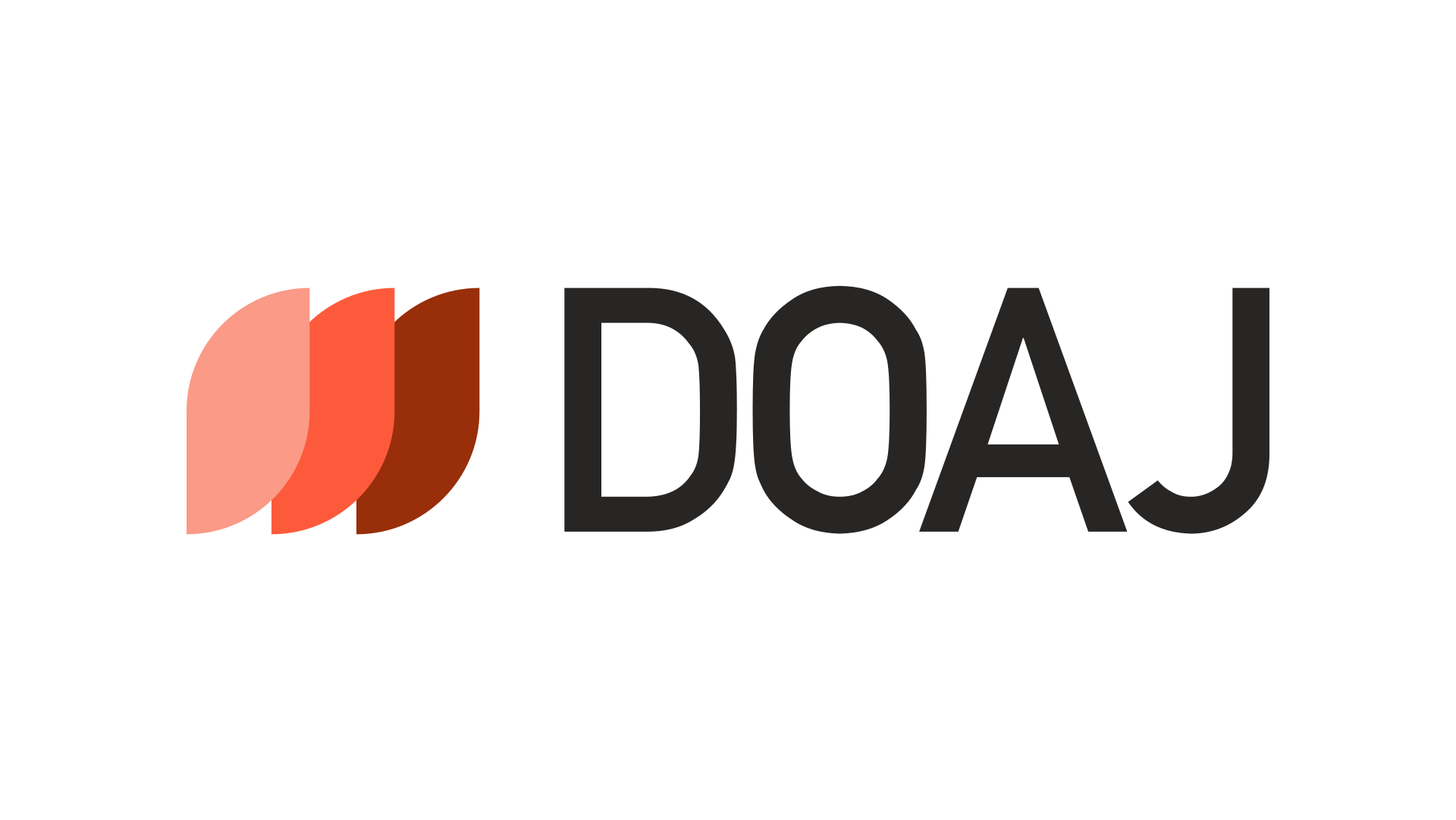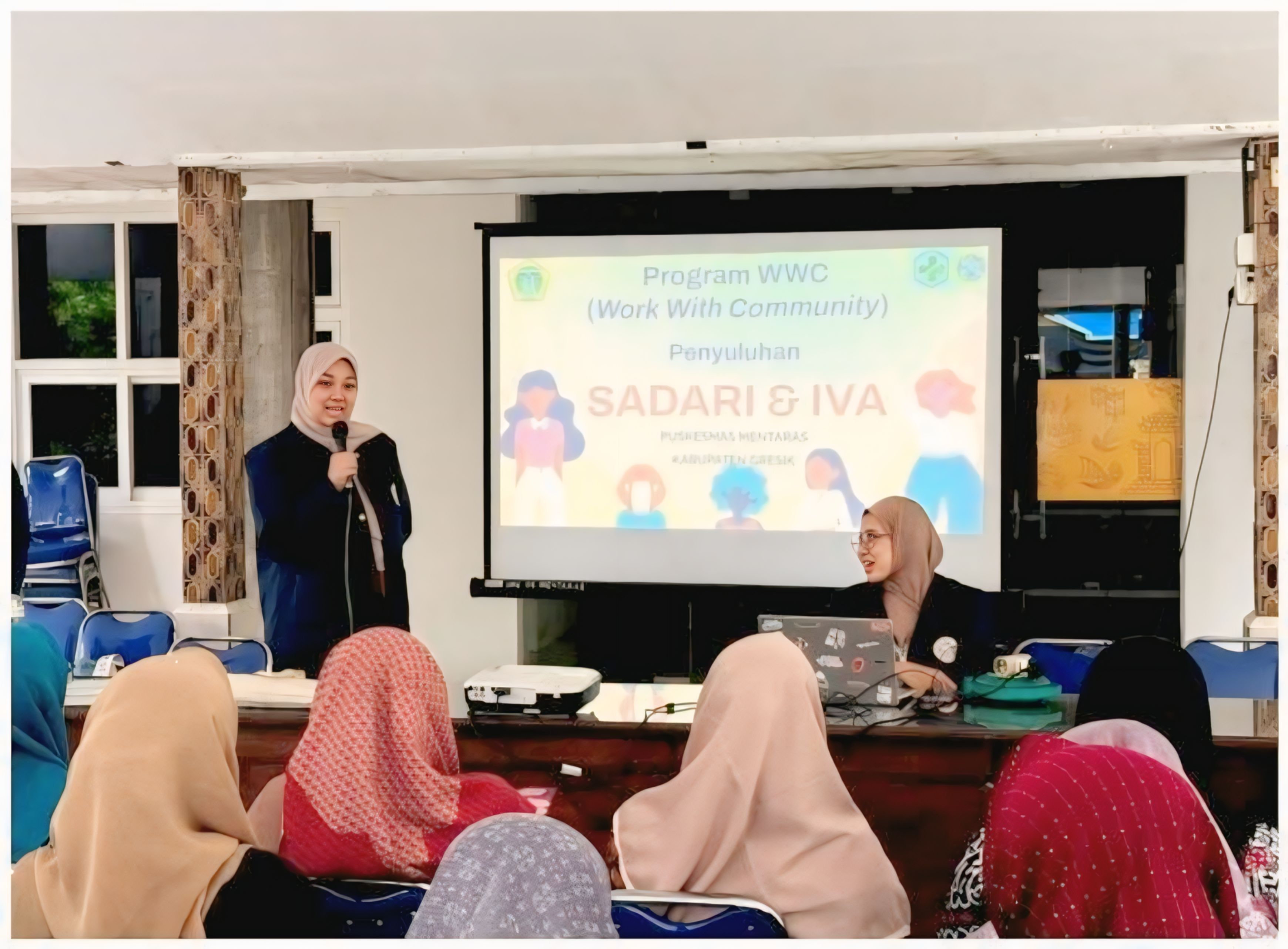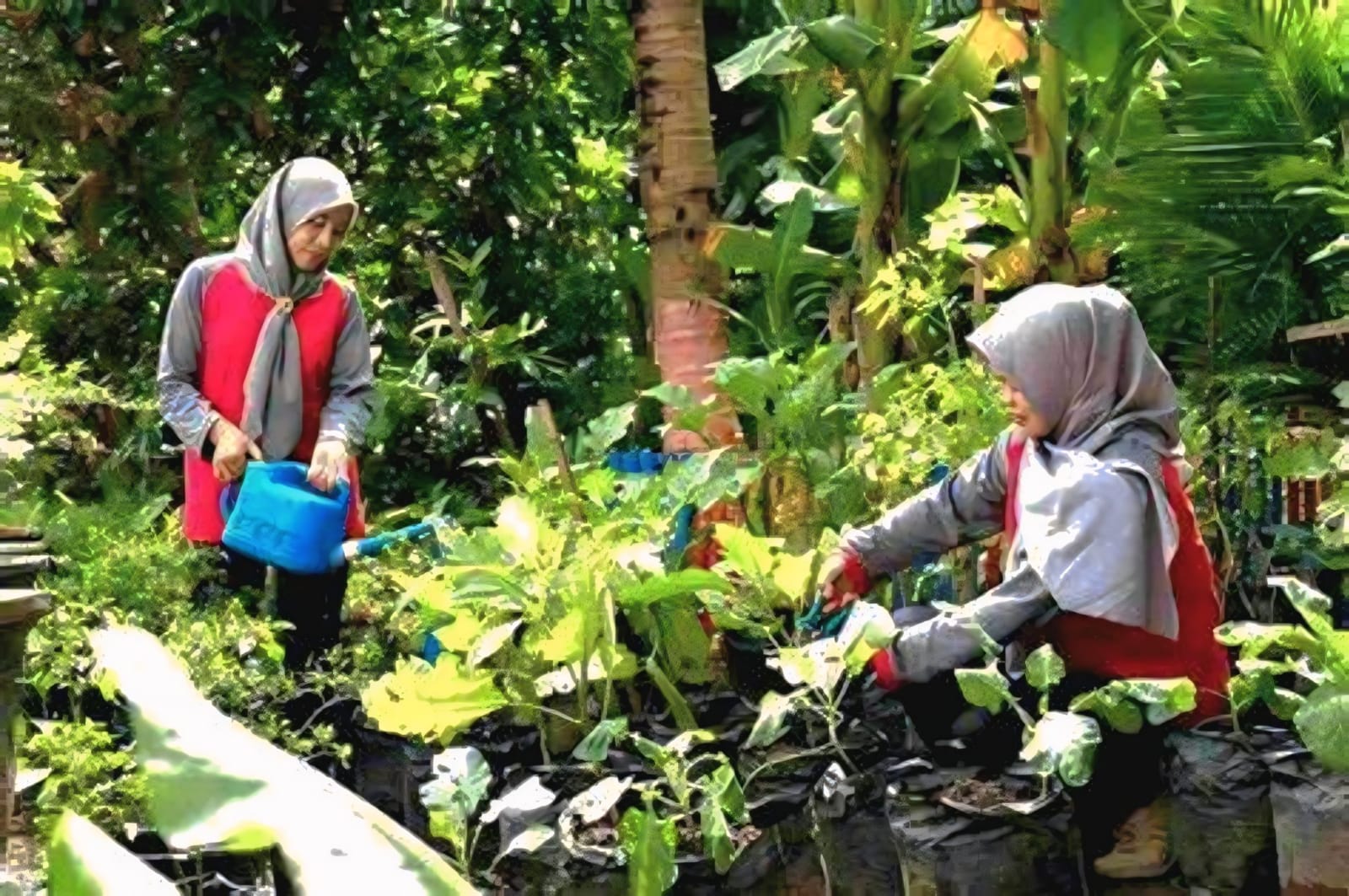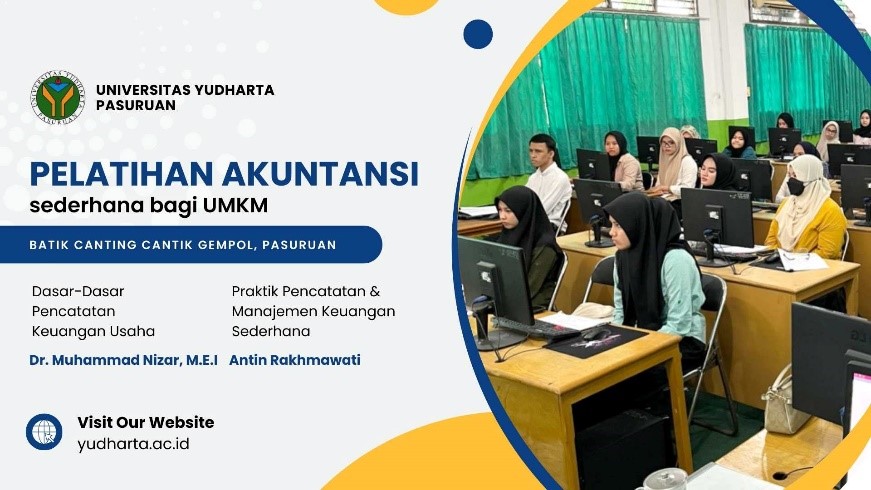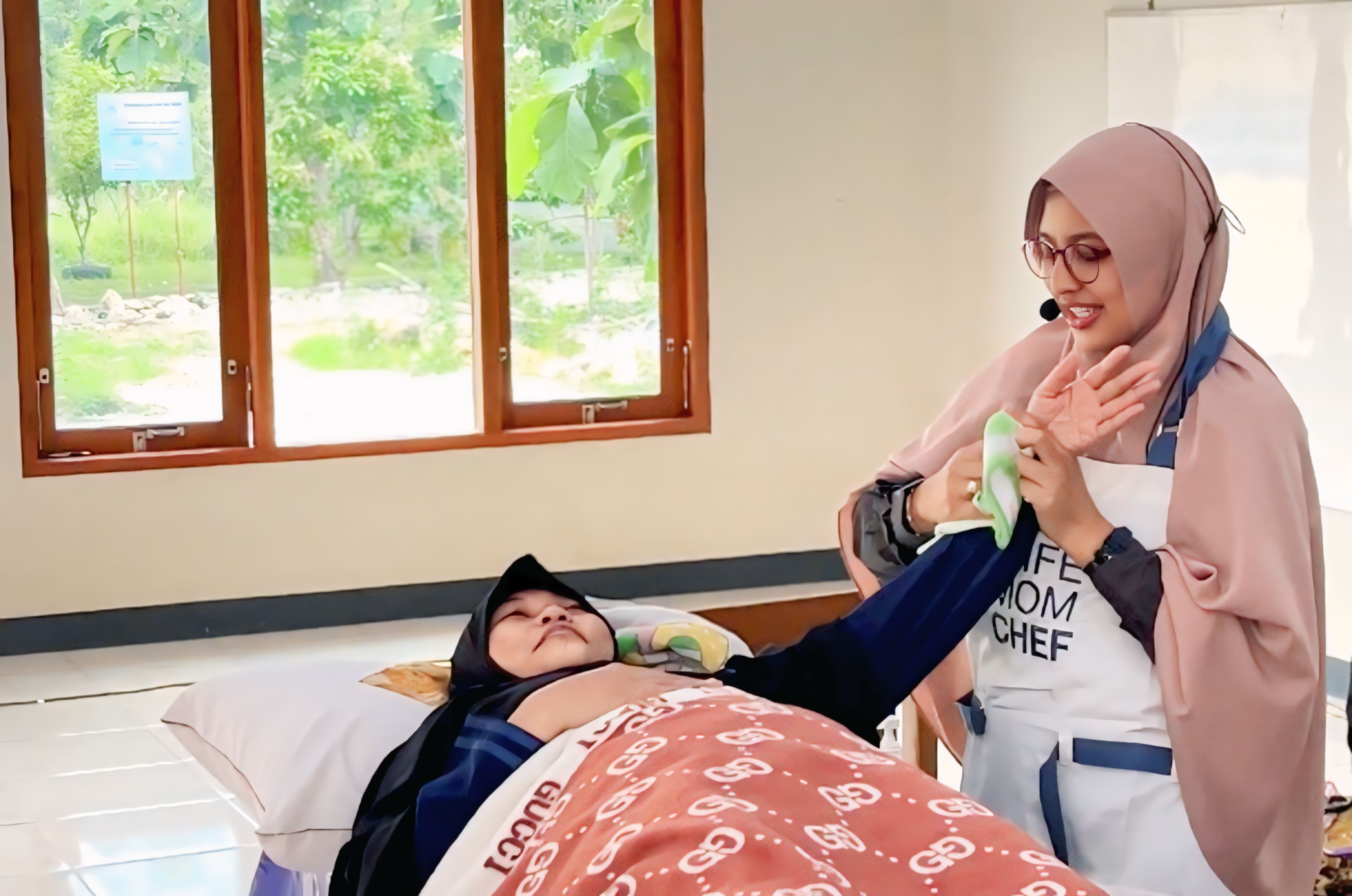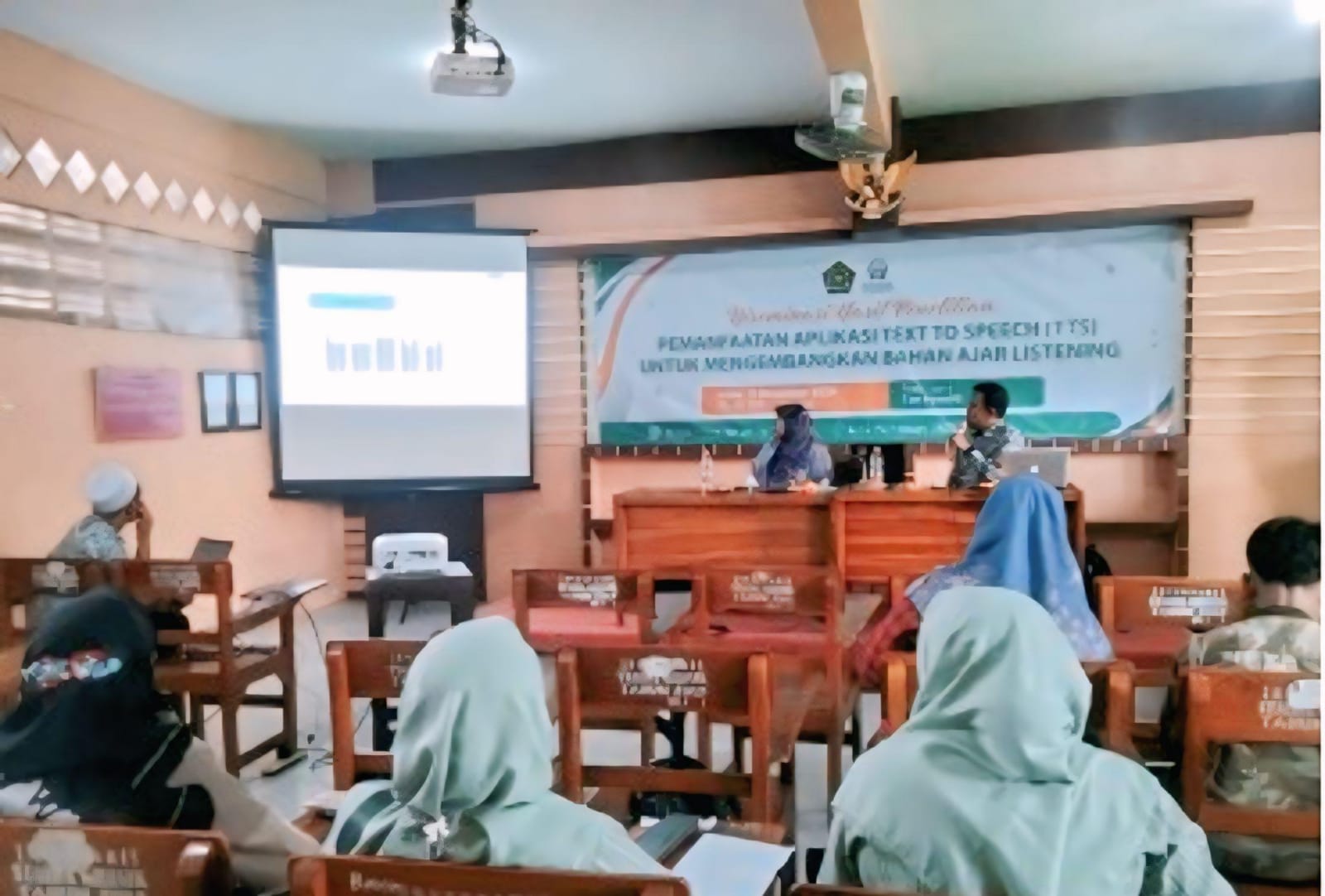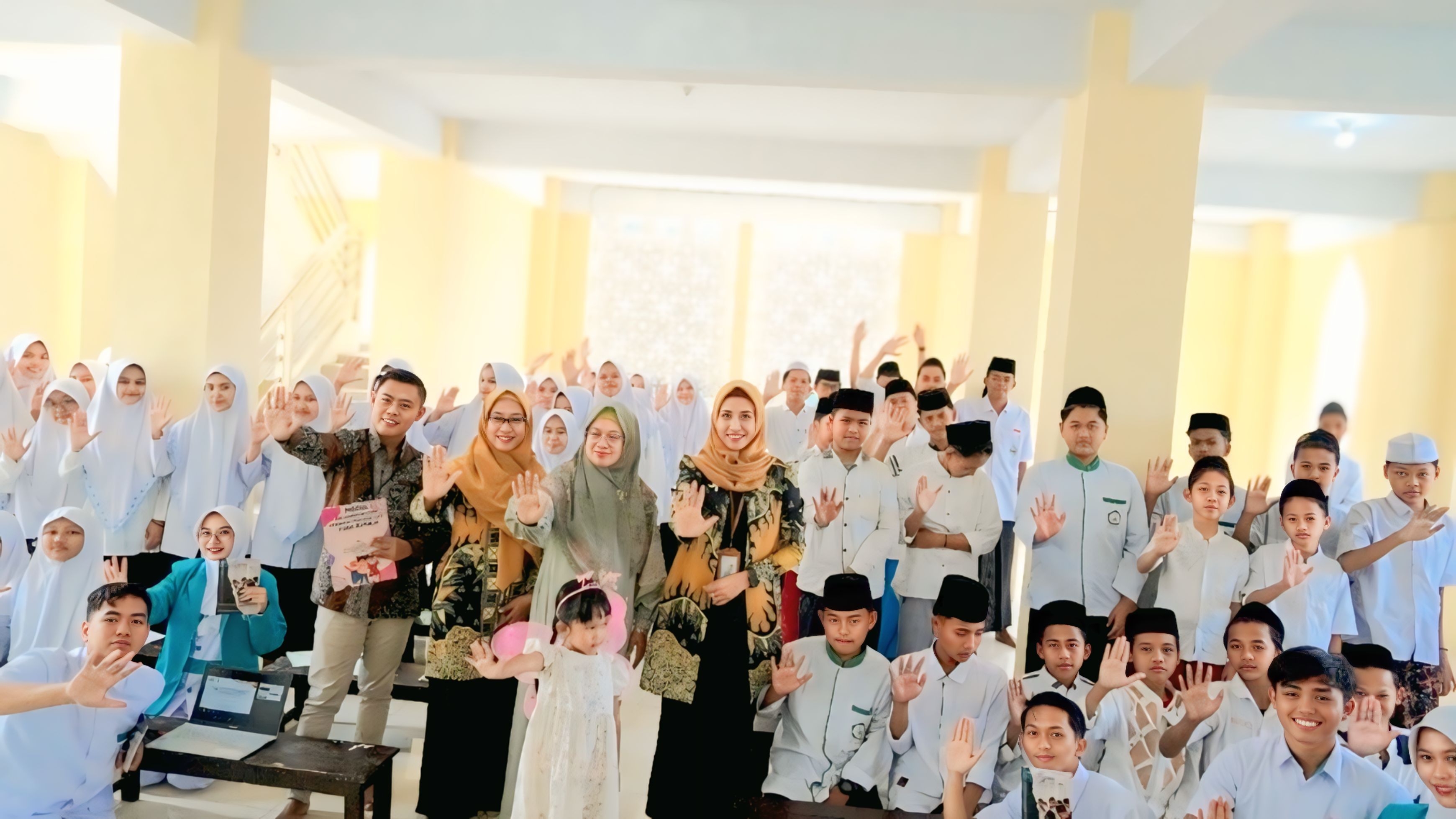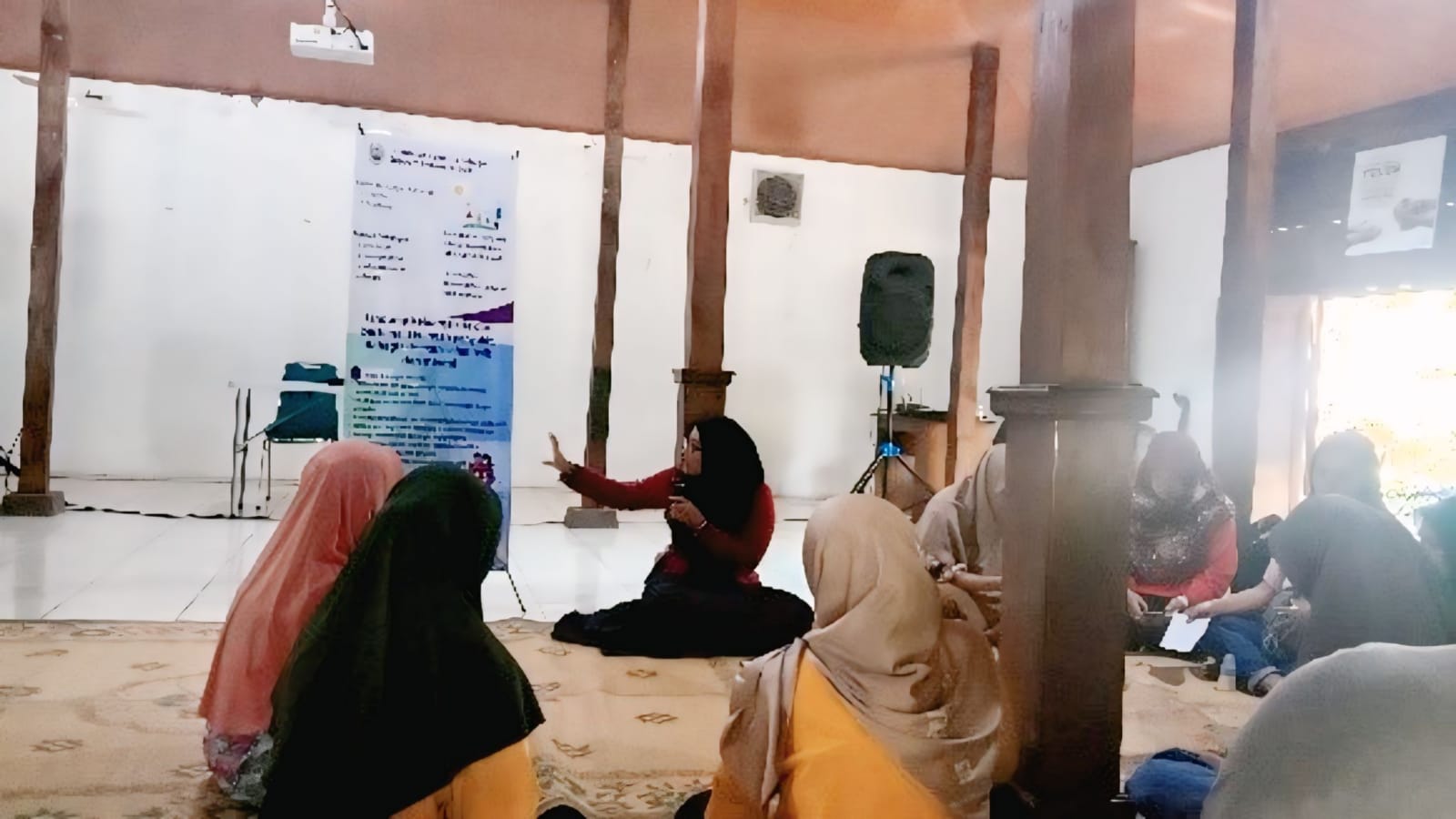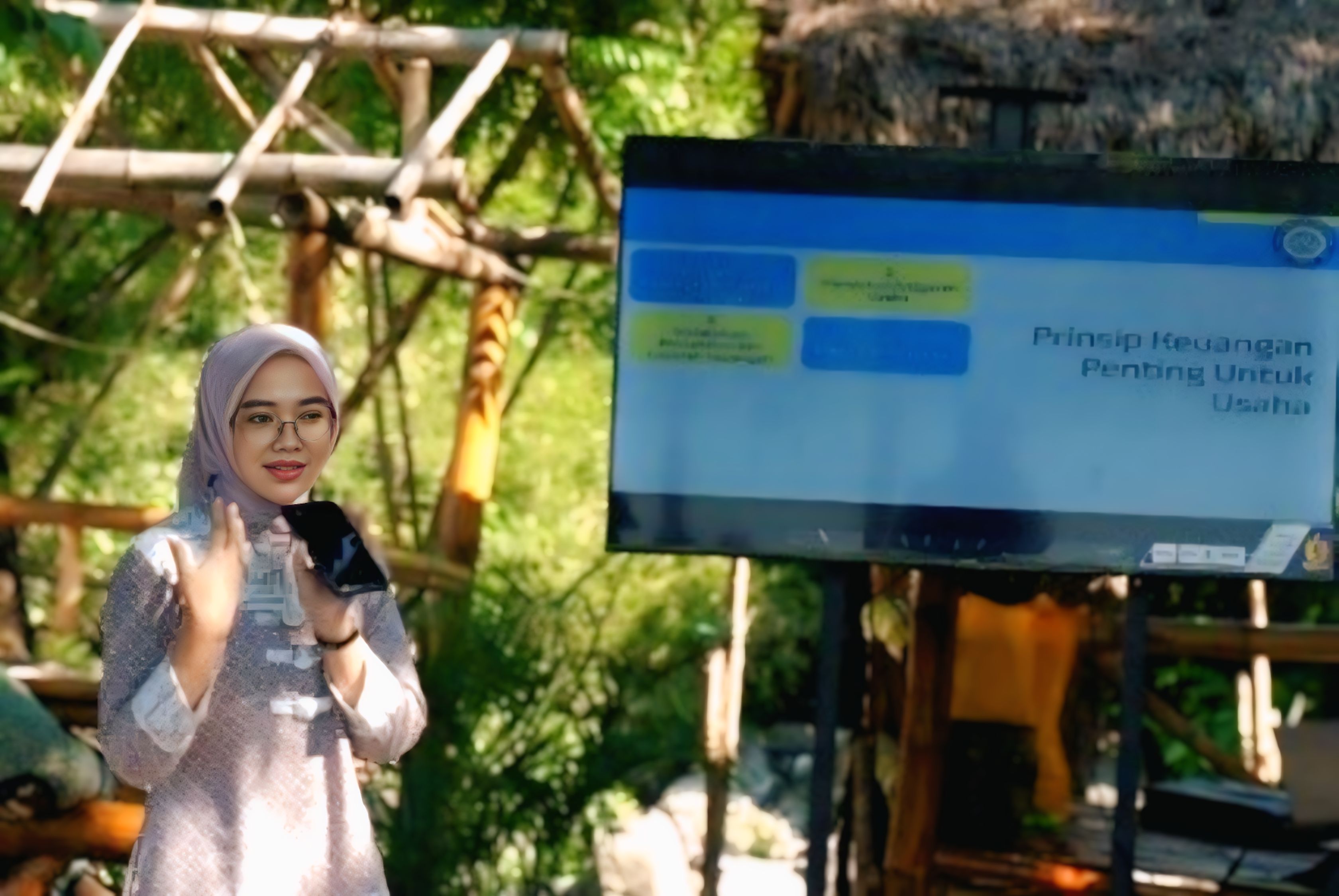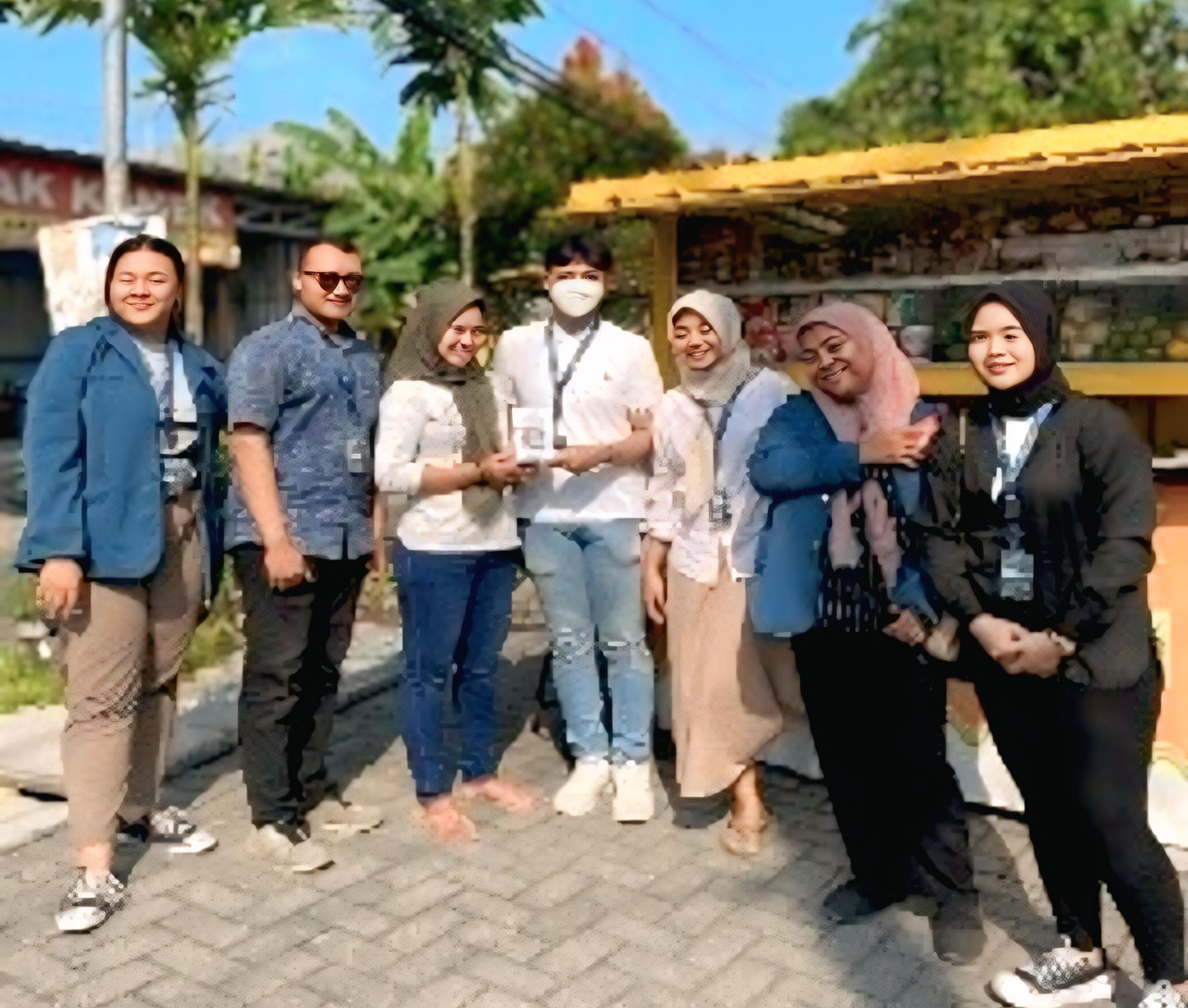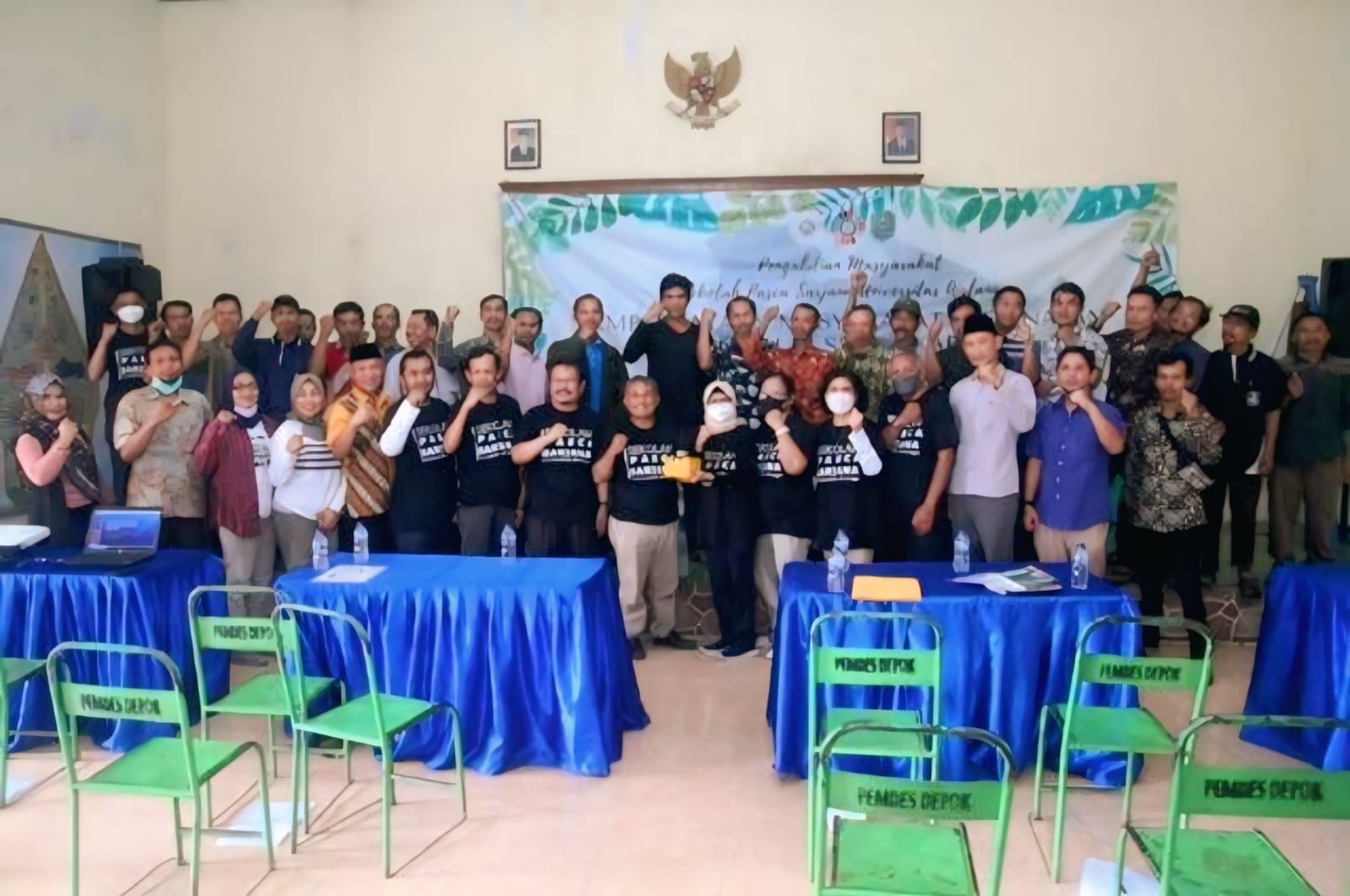ANALYSIS OF THE INCIDENT RATE OF PEOPLE WITH A POTENTIAL RISK FOR HYPERTENTION AND DIABETES IN KENJERAN SUB-DISTRICT, SURABAYA
Downloads
Background: The number of people with diabetes mellitus in Indonesia is increasing every year. The data in 2016 showed that 1 of 11 adults could have diabetes mellitus. Uncontrolled and untreated diabetes mellitus can cause complications. Objectives: This activity aimed to determine the group of age that have a potential risk of hypertension and diabetes so that it could minimize the prevalence of disease and optimize human productivity. Methods: (1) Counseling about hypertension and diabetes, (2) Screening the people with a potential risk of hypertension using tensimeter and diabetes prediction using point-of-care testing (POCT) and urine dipstick. Results: The data were collected from 75 respondents with characteristics about 85,33% female and 14,67% male. About 25 respondents (33,33%) were suspected of hypertension. Based on age group, it showed that the highest incident rate of hypertension was found in the age group of 41-60 years (41,86%), followed by the age group of 61-80 years (20%), 21-40 years (13,33%), and age under 20 years and above 80 years (0%). The majority of respondents had a normal glucose level(90,67%). Based on gender, there was 1 male respondent (9,09%)and5female respondents (7,81%) having a glucose level higher than normal value (hyperglycemia). Conclusion: The age group with the highest potential risk for hypertension was 41-60 years, while for diabetes was 61-80 years. This activity provided information to prevent the potential risk leading to hypertension and diabetes.
Hananta, I.P.Y., Diestesien, H.F. 2011. Deteksi Dini Dan Pencegahan 7 Penyakit Penyebab Mati Muda. Yogyakarta: Cetakan Pertama. Media Pressindo.
Kementrian Kesehatan RI. 2014. Bantuan Operasional Kesehatan. Jakarta: Kemenkes RI.
Kementrian Kesehatan RI. 2012. Survei Demografi dan Kesehatan Indonesia. Jakarta: Kemenkes RI.
Muhammadun, A.S. 2010. Hidup Bersama Hipertensi: Seringai Darah Tinggi Sang Pembunuh Sekejap. Yogyakarta: Cetakan Pertama. In-Books.
Pernama, H. 2013. Komplikasi Kronik dan Penyakit Penyerta pada Diabetes. Bandung: Division of Endocrinology and Metabolism Department of Internal Medicine Padjadjaran University Medical School/Hasan Sadikin Hospital.
Putri, W. 2015. Hubungan Antara Perodititis dengan Diabetes Melitus Tipe 2 Ditinjau dari Aspek Destruksi Periodontal. Skripsi Sarjana. Medan: Fakultas Kedokteran Gigi Universitas Sumatra Utara.
Sutanto. 2010. Penyakit Modern: Hipertensi, Stroke, Jantung, Kolesterol, Dan Diabetes. Edisi Pertama. Yogyakarta: C.V Andi Offset.
Waspadji, S. 2007. Pedoman Diet Diabetes Melitus. Jakarta: FKUI.
Wulandari, O., Martin, S. 2013. Perbedaan Kejadian Komplikasi Penderita Diabetes Melitus Tipe 2 Menurut Gula Darah Acak. Jurnal Berkala Epidemiologi. Vol 1(2). Pp. 182-191.
- The Author(s) hold the copyright of the article without restrictions
- Darmabakti Cendekia allows the author(s) to retain publishing rights without restrictions.
- The legal formal aspect of journal publication accessibility refers to Creative Commons Atribution-Non Commercial-Share Alike 4.0 (CC BY-NC-SA), implies that publication can be used for non-commercial purposes in its original form.



